Rapid prototyping is a set of techniques aimed at producing materials of good quality in a short time. It consists of different processes such as CNC machining, injection molding, sheet metal fabrication, 3D printing, etc., which operate on different principles and are suitable for different materials. Of the materials compatible with the processes mentioned above, steel is popular due to its durability and strength. However, these properties depend on the steel grades you are working with, leading us to the 4140 vs 4130 steel comparison.
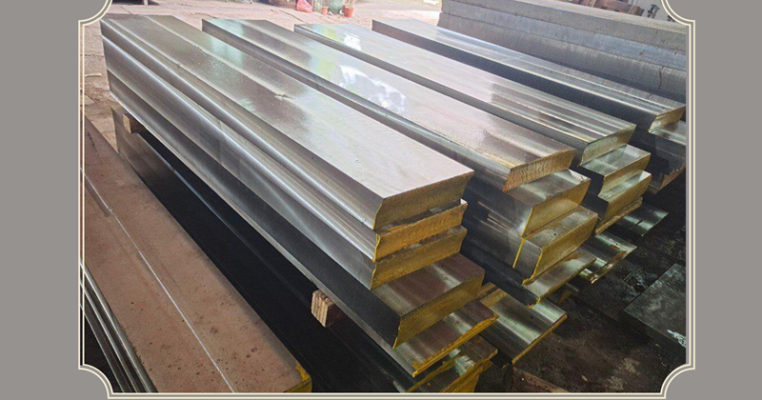
To effectively use steel, especially based on the 4140 vs 4130 steel comparison, you need to understand the properties of both variants. Therefore, this article will resolve the 4140 vs 4130 steel comparison. It will highlight their 4140 vs 4130 steel properties and applications. It will then show their differences and several factors you should consider when choosing the right one. So let us dive right in.
41xx Category of Steel
41xx steel or Chromoly steels are steels containing chromium and molybdenum. Therefore, they are tougher and stronger than regular steel. The two steel variants we are comparing, i.e., 4140 vs 4130 steel, fall under the general classification of 41xx steel and others such as the 4340 steel.
Steels under the 41xx category have chromium in their composition. However, it is not in enough quantities to give them the anti-rust property seeing in stainless steel. Nevertheless, they are stronger than regular steel.
What is 4140 Steel?
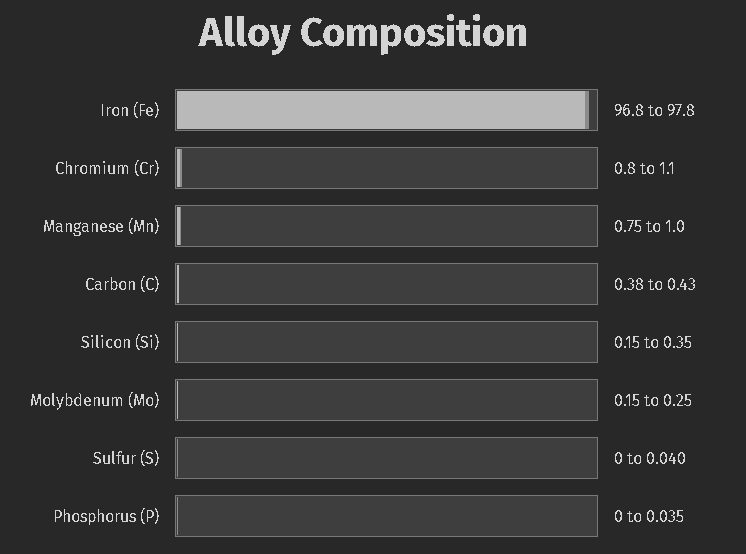
4140 steel is a Chromoly steel variant that contains a maximum carbon content of 0.38% – 0.43% and other elements such as Manganese, Phosphorus, Sulfur, Silicon, Chromium, and Molybdenum. It is low alloy steel. However, it is strong, tough, and machinable.
4140 Steel Properties
4140 steel is applicable in rapid prototyping operations such as CNC machining and sheet metal fabrication due to its properties. Below are some important 4140 steel properties:
· Hardness and Extreme Ductility
Due to the higher carbon and chromium content, 4140 steel is harder than normal steel. It has a high tensile strength of 148000 PSI which means it can stay unbroken in heavy loading conditions. This steel is also exceptionally ductile, and easy to draw into wires.
· Anti-Corrosion Property
4140 steel, just like a lot of other steel, is susceptible to rust. However, it is highly resistant to corrosion.
· Machinability
4140 steel also has good machinability. However, fabrication using welding can be very difficult. To weld it, the steel has to be subjected to heat treatment. It’s recommended that 4140 steel be welded in its annealed state as this guarantees the steel to be in its most stable state.
Applications of 4140 Steel
Due to 4140 steel properties, it is applicable in different industries. A few of its applications include the manufacturing of the following:
- Gears
- Crankshafts
- Sprockets
- Etc.
What is 4130 Steel?
4130 steel is a steel alloy that contains a maximum carbon content of 0.28% – 0.33% and other elements such as Manganese, Phosphorus, Sulfur, Silicon, Chromium, Molybdenum. It is also low alloy steel. However, it is strong, tough, weldable, and machinable.
4130 Steel Properties
The 4130 steel is also applicable in different rapid prototyping operations for different functions based on its properties. Below are some of the important 4130 steel properties:
· Mechanical Properties
Just like 4140 steel, 4130 steel also has impressive tensile strength. The tensile strength for 4130 steel is 97200 PSI and C20 on the Rockwell hardness scale. It also has great ductility in its annealed state, making it easy to draw it into wires.
· Elasticity
4130 steel have a high modulus of elasticity which means they can endure large amounts of strain and still return to their original shape.
Applications of 4130 Steel
4130 steel properties on being subjected to machining or fabrication processes such as milling and welding can manufacture many products. It is currently an important part of the automotive industry and is used to manufacture gears, drill bits, cutting tools, etc.
4140 vs 4130 Steel: Similarities
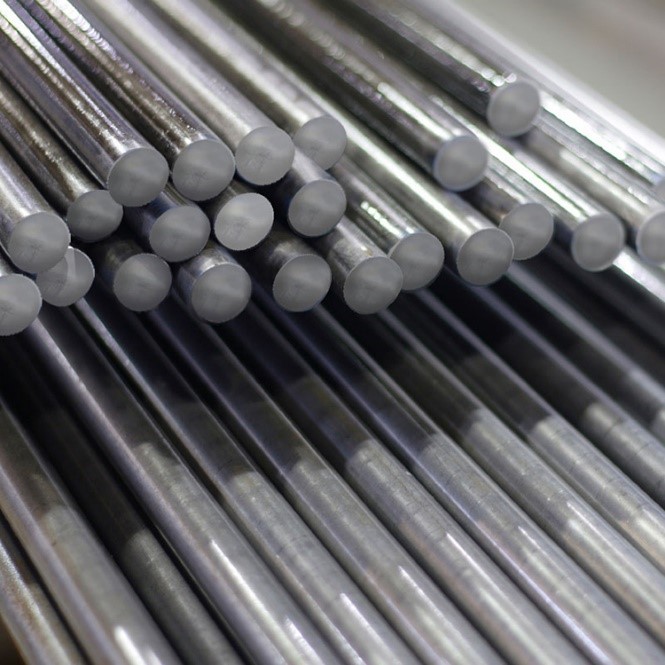
This section will discuss the similarities of the two variants of the 41xx series to know how to use them and select the right one for your project. Below are the similarities between the two variants.
· Element Composition
Both 4140 and 4130 steel have the same elemental composition, with common elements being carbon, molybdenum, chromium. However, they differ in terms of their carbon content.
· Anti-Rust Property
Both steel variants do not have anti-rust properties. While it has chromium similar to stainless steel, it is not enough to grant it the anti-rust properties desired. Consequently, the two variants undergo heat treatments for more stability.
· Heat Treatment
To make them stronger, both variants are subjected to heat treatment such as annealing, cold working, etc. This leads to an increase in tensile strength, ductility, hardness, etc. Therefore, they are more machinable and easily fabricated.
4140 vs 4130 Steel: Differences and How to select the right one
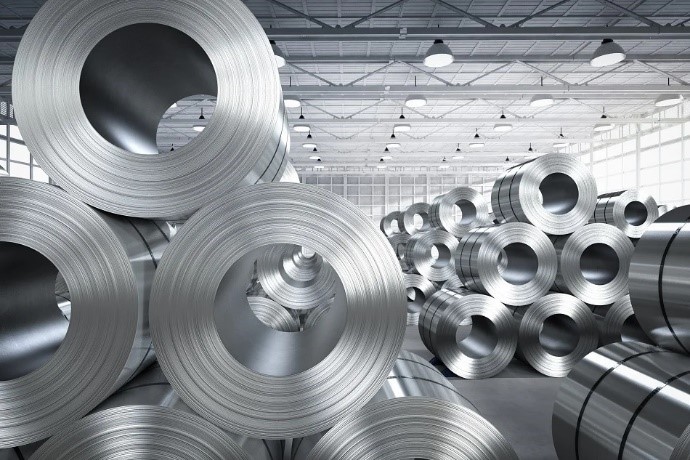
Both variants are similar. However, there are many differences based on 4130 and 4140 steel properties. Below are the differences to consider in the 4140 vs 4130 steel comparison and how it decides to choose the right one.
· Composition
The distinction in the 4140 vs 4130 comparisons is majorly based on the composition of the two variants. Both variants have the same elemental composition. However, the amount of carbon present is different (4140 has 0.38%-0.43% while 4130 has 0-28%-0.33%). This distinction is responsible for the different properties elicited by the variants.
· Mechanical Properties
4140 steel has better mechanical properties than its counterparts. Below is a tabular summary of the mechanical properties of both variants:

· Weldability
In fabrication, where a lot of welding occurs, 4130 is a better choice because it has a lower carbon content than 4140. However, their weldability is also related to the heat treatment process they undergo.
· Material Availability
4140 steel is available in bar and plate form and is more cost-efficient. 4130 steel is more commonly obtained in tube and sheet forms.
· Machinability
4130 steel has a better machinability tendency due to the lesser carbon content. It boasts a SAE1212 machinability score of 70 against 65% of 4140 steel.
Knowing 4140 and 4130 steel properties will enable you to choose the right variant for your machining project. However, if you want a quality machining or fabricating project with either of the materials, RapidDirect is your best choice.
We have a wide range of materials alongside 4140 and 4130 steel. Also, our dedicated team of experts will work you through the projects to ensure that the right methods and materials are used to actualize your projects.
Heat Treatment of 4140 and 4130 Steel
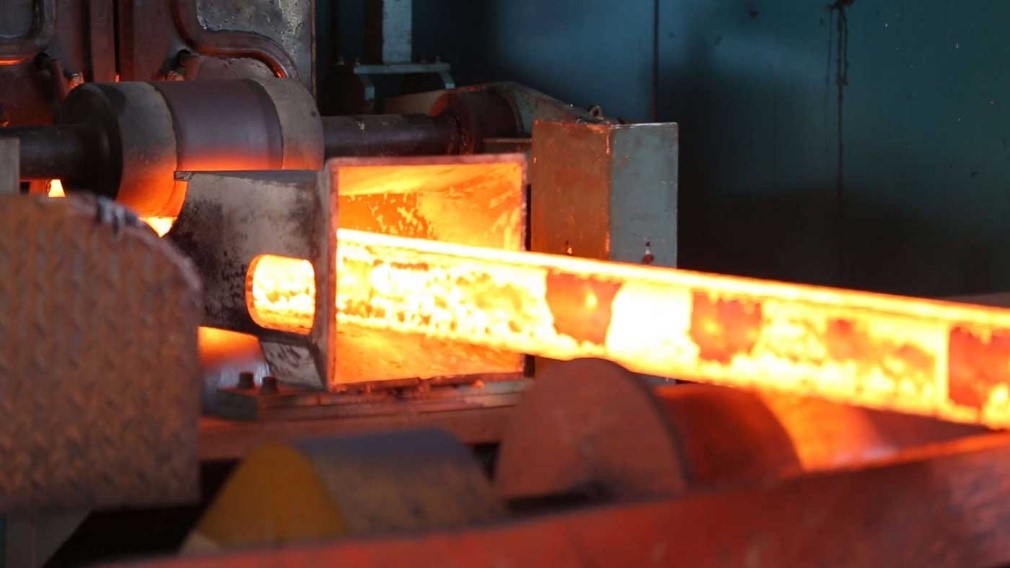
Both steel alloys from the 41xx series are further subjected to heat treatments to improve their stability. Therefore, they have better surface hardness, ductility, and strength: Below are common heat treatment processes you can subject the two variants to and the corresponding effects:
Cold Finishing/Strain Hardening
Cold finishing or strain hardening is the strengthening of the two variants of steel using plastic deformation. On cold finishing, 4130 steel becomes less ductile while 4140 steel becomes less ductile and strong.
Annealing
Annealing a 4140 or 4130 metal involves heating it to a temperature, holding it at such temperature for transformation and air cooling. Consequently, it improves the stability of the two variants while increasing ductility and decreasing hardness. On annealing 4130 steel, it becomes less strong. However, annealed 4140 steel is more ductile (the highest ductility)
Tempering and Quenching
Tempering is the use of heat to increase the resilience of the two variants. Therefore, it can change 4130 and 4140 steel properties such as hardness, ductility, and strength of the metal. Consequently, the material becomes more. Quenching and tempering 4130 and 4140 steel will increase strength and reduce hardness.
Normalizing
Normalizing involves heating the steel to an elevated temperature, followed by slow cooling to room temperature. The heating and simultaneous cooling result in microstructure changes. Consequently, it affects 4140 and 4130 properties such as hardness and ductility.
After the normalizing process, 4130 steel properties such as ductility increase tremendously.
FAQ
4140 steel is similar to 4130 steel in terms of composition. However, there is a difference in carbon content, with 4140 steel having 0.38-0.43 % while 4130 steel has 0.28-0.33 %. This difference is responsible for the different 4130 and 4140 steel properties seen.
4140 and 4130 are low alloy steel made up of carbon, chromium, molybdenum, and other materials. They are popular steel materials due to properties such as toughness, high fatigue strength, and strength.
Conclusion
The 4140 vs 4130 comparison is a necessary argument in the engineering world as it brings out the difference between the two steel variants. Consequently, it becomes easier to choose the right variant for the right job. To simplify the 4140 vs 4130 steel comparison, this article extensively discussed the two variants’ properties, applications, similarities, differences, heat treatment process, and how to choose the right variant. Choosing the right variant depends on your understanding of the two variants. However, for quality sheet metal fabrication, think RapidDirect!


